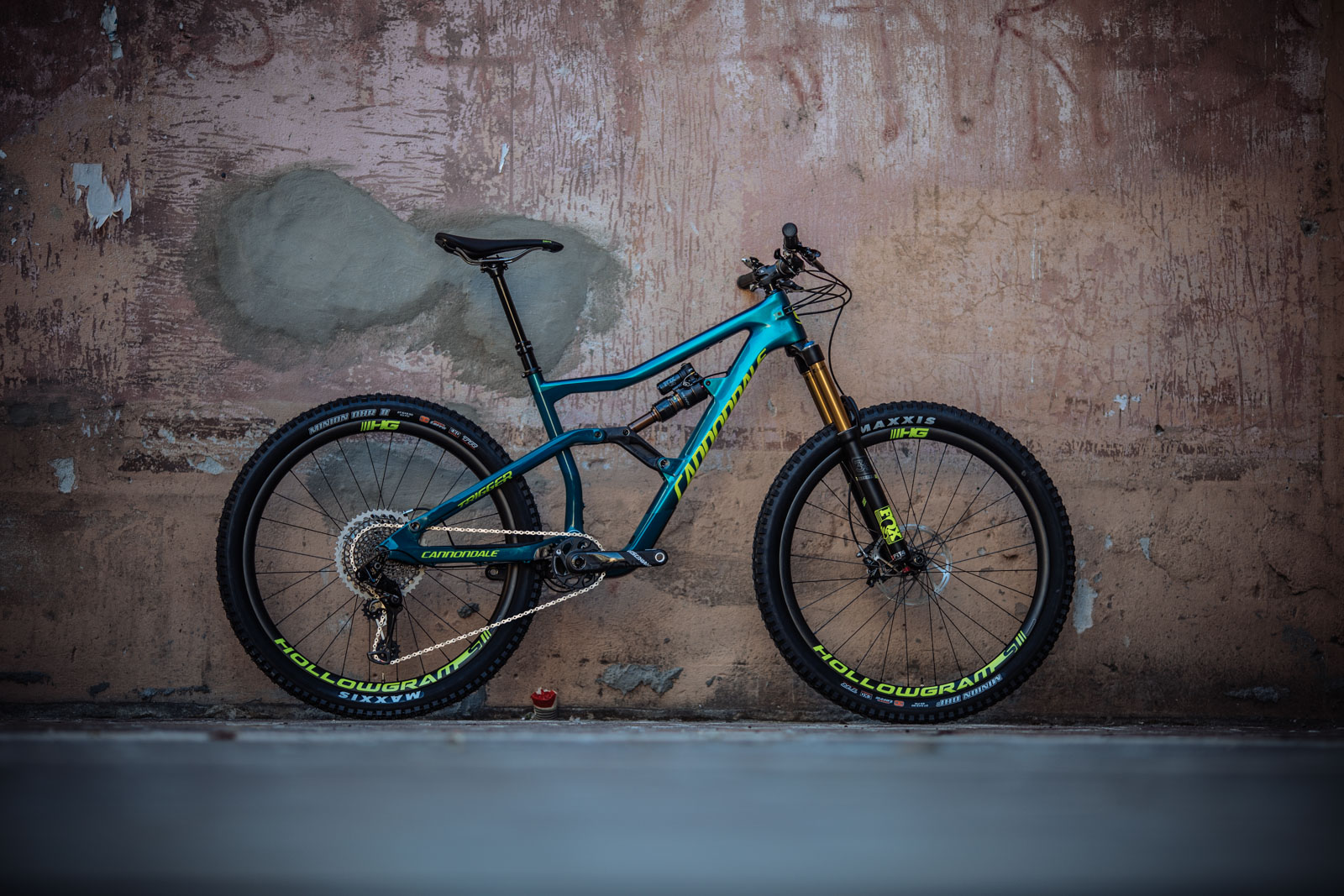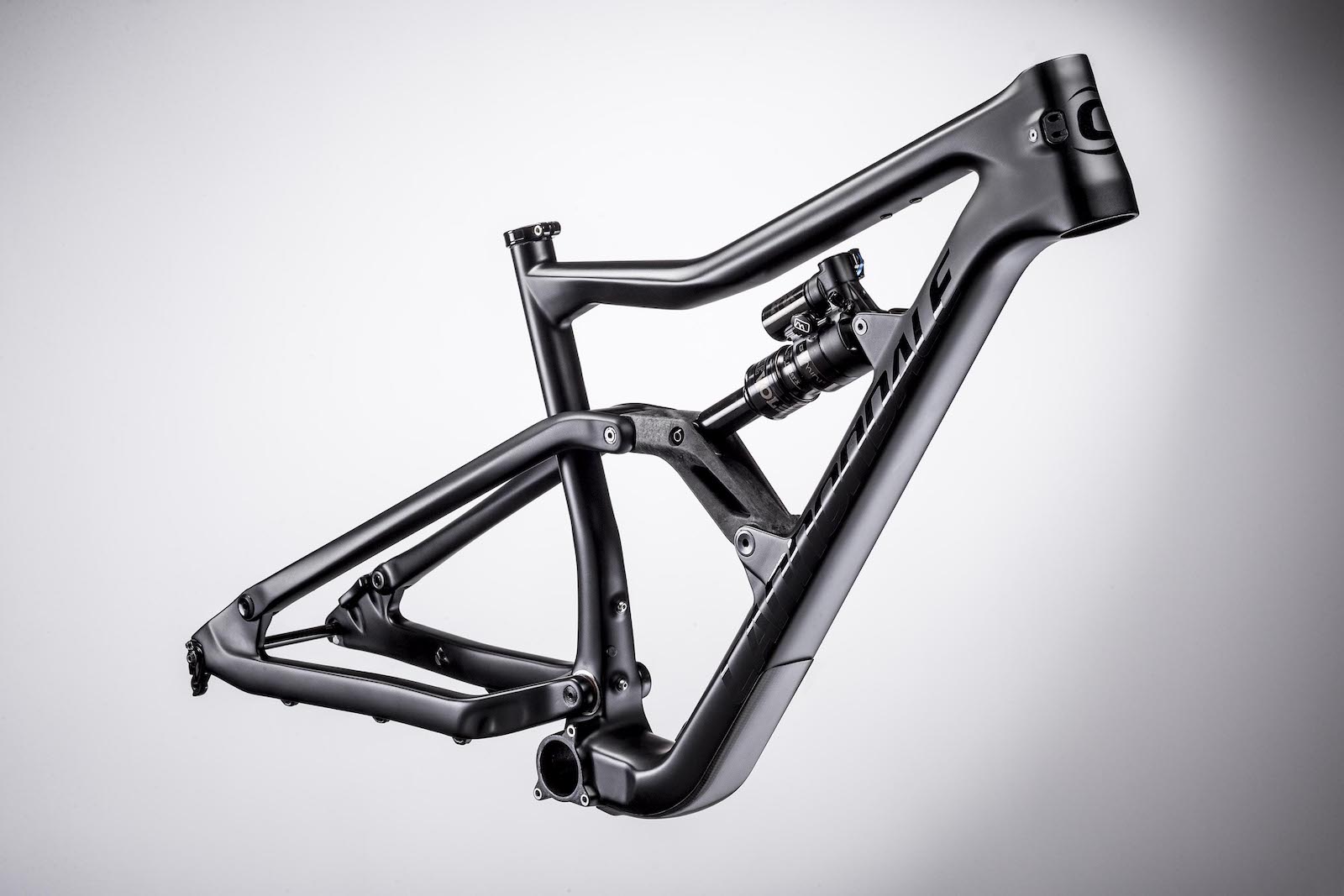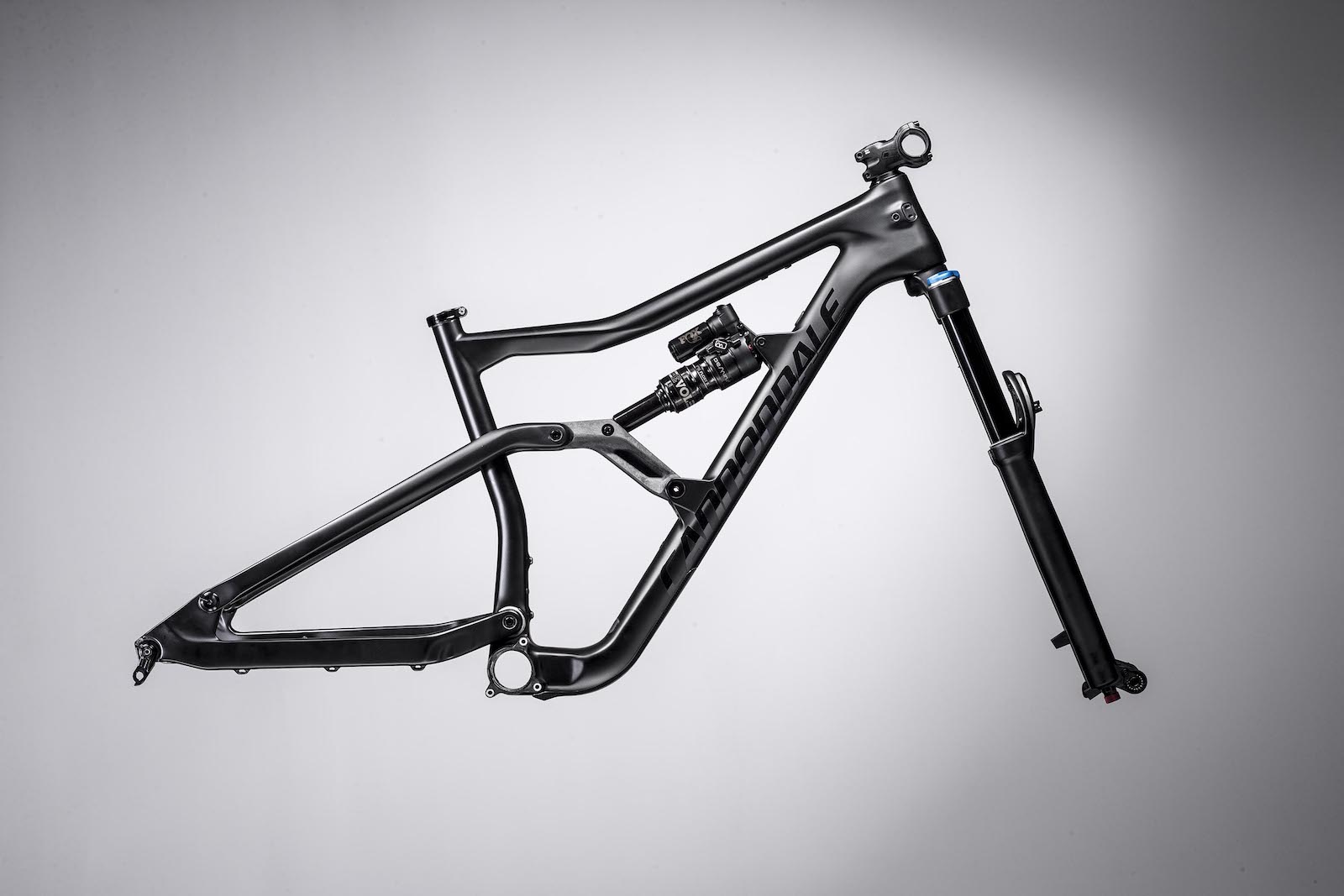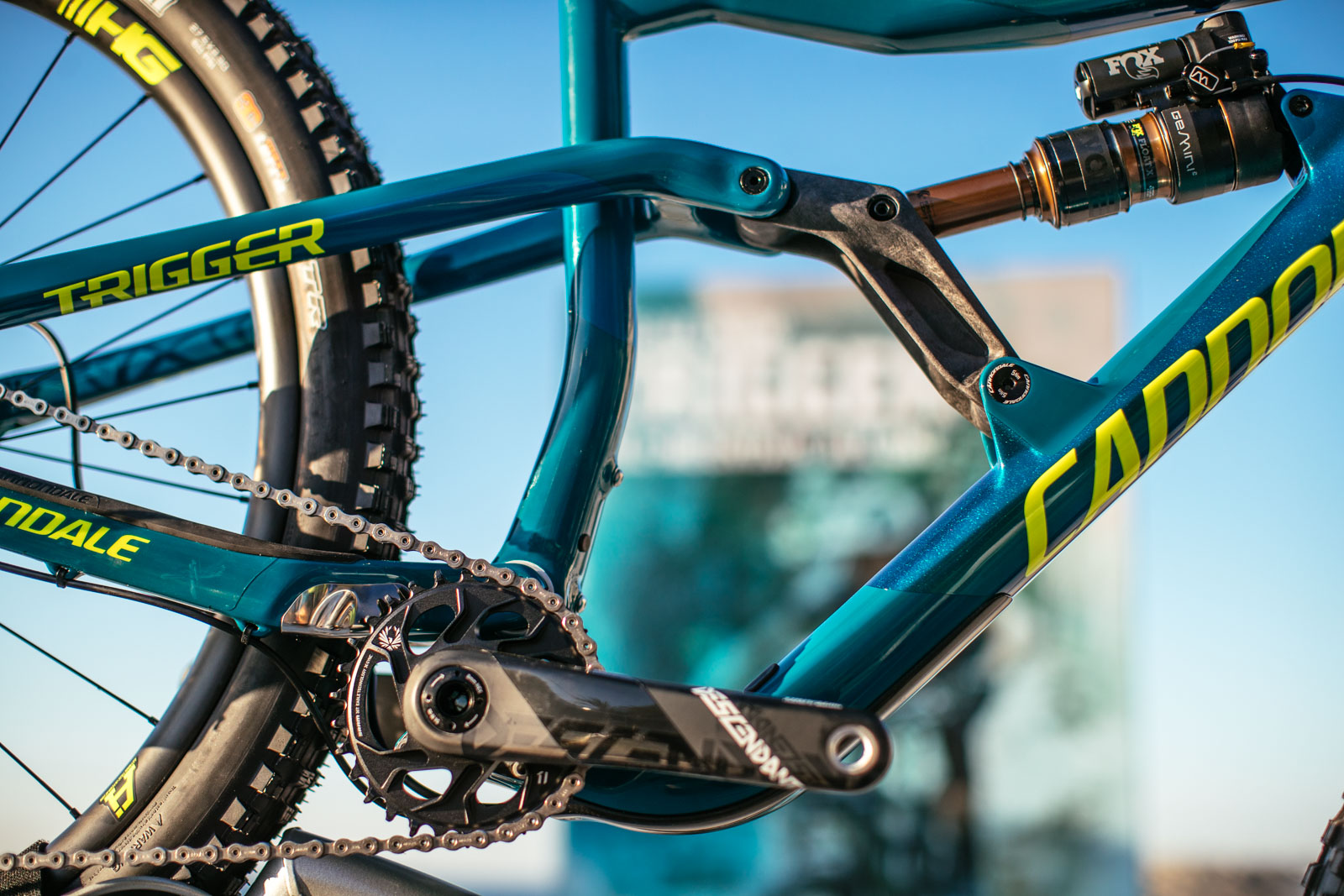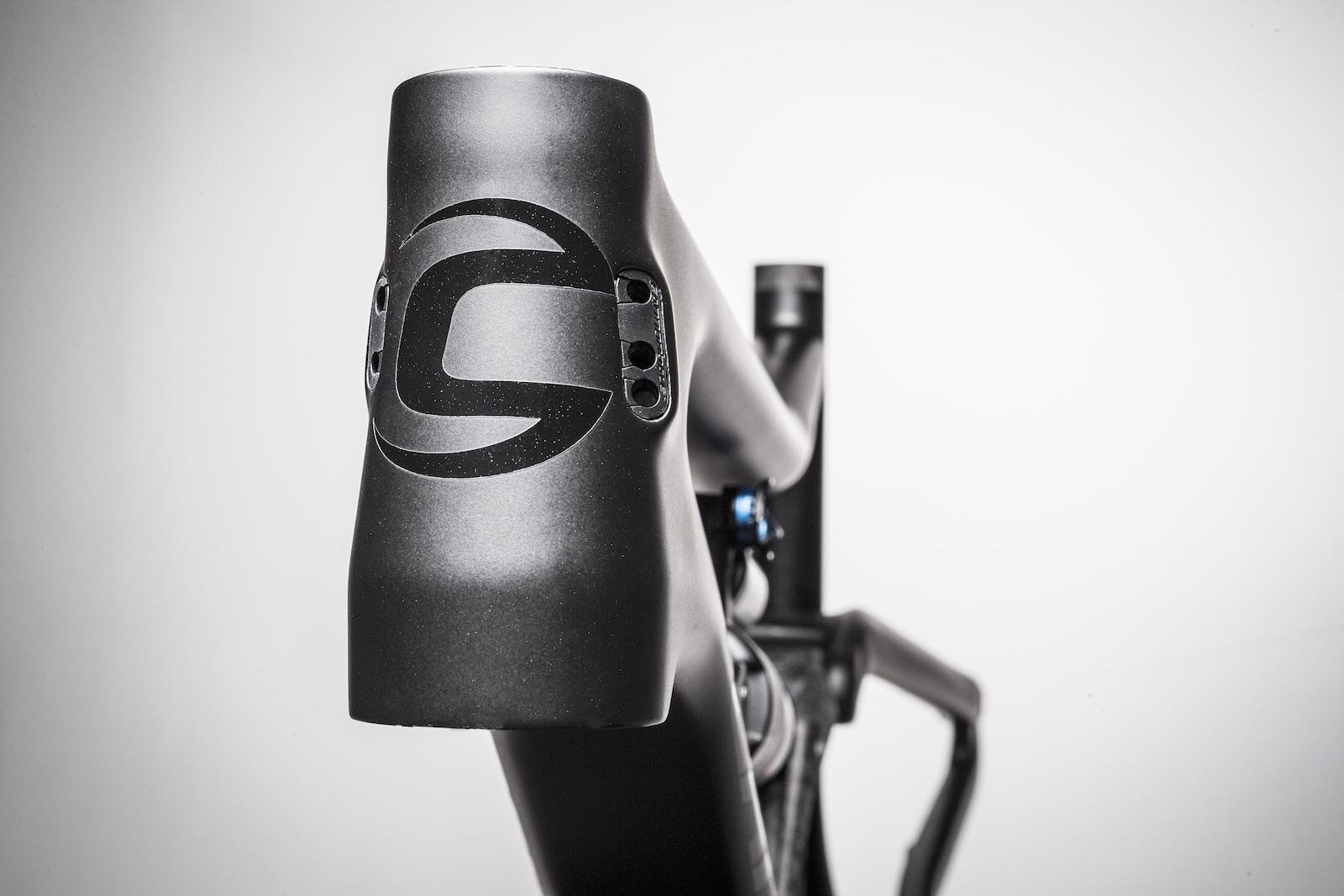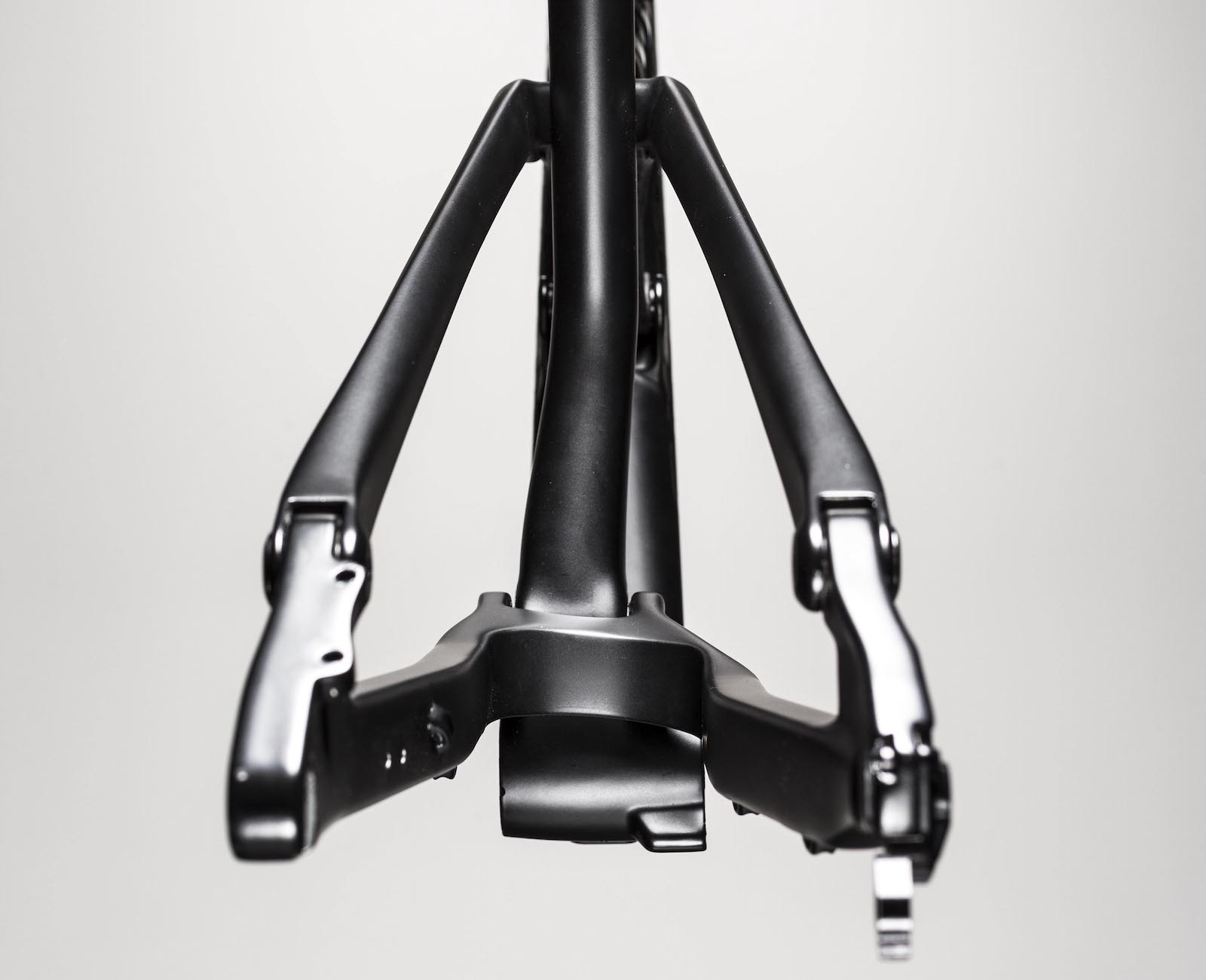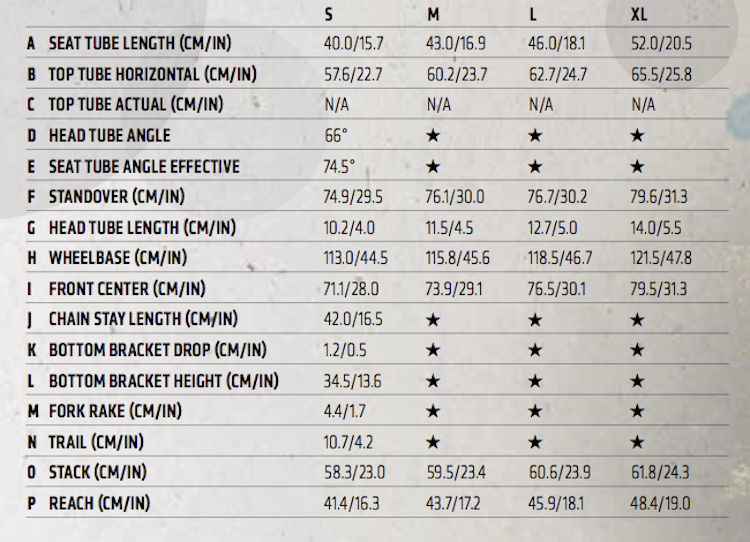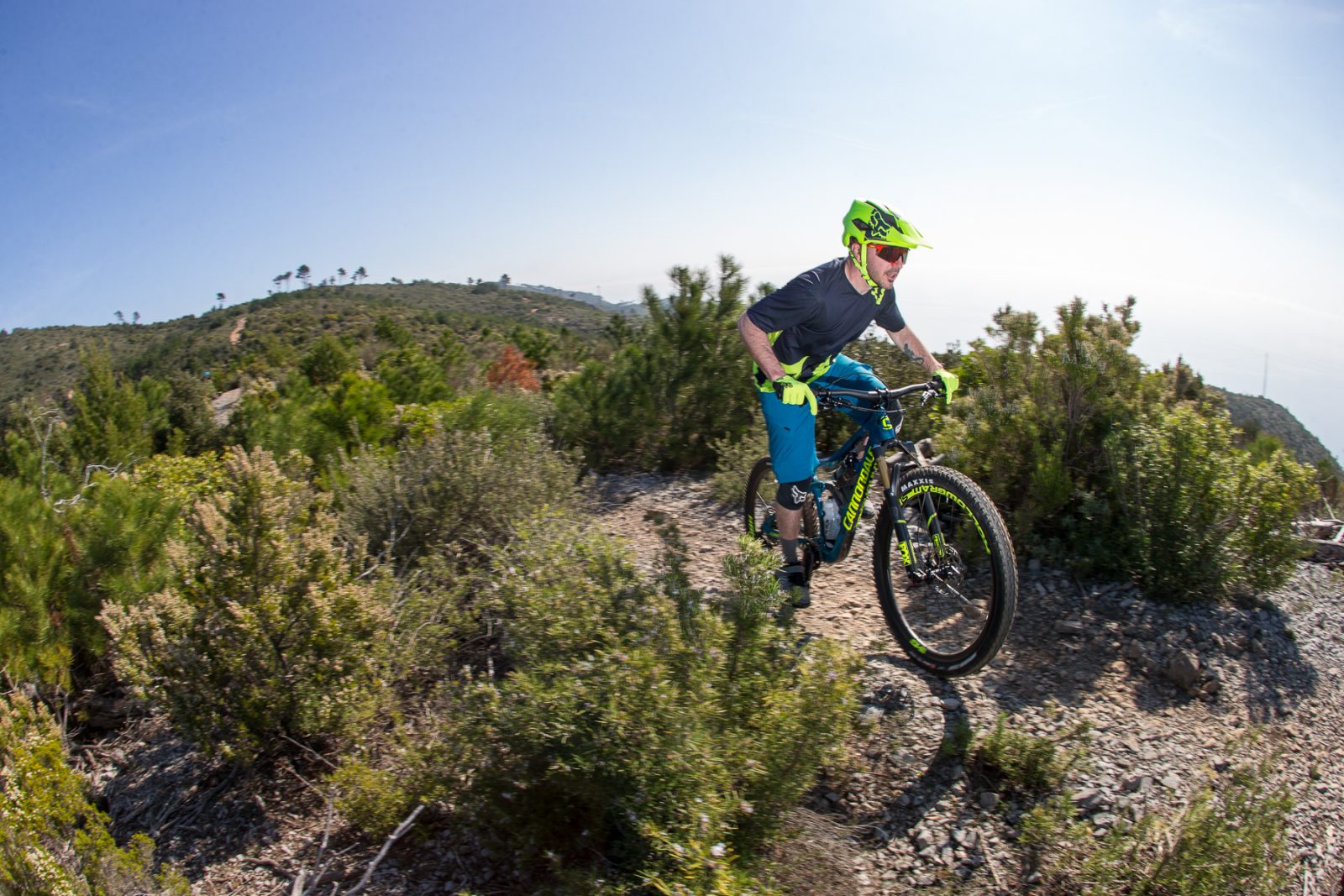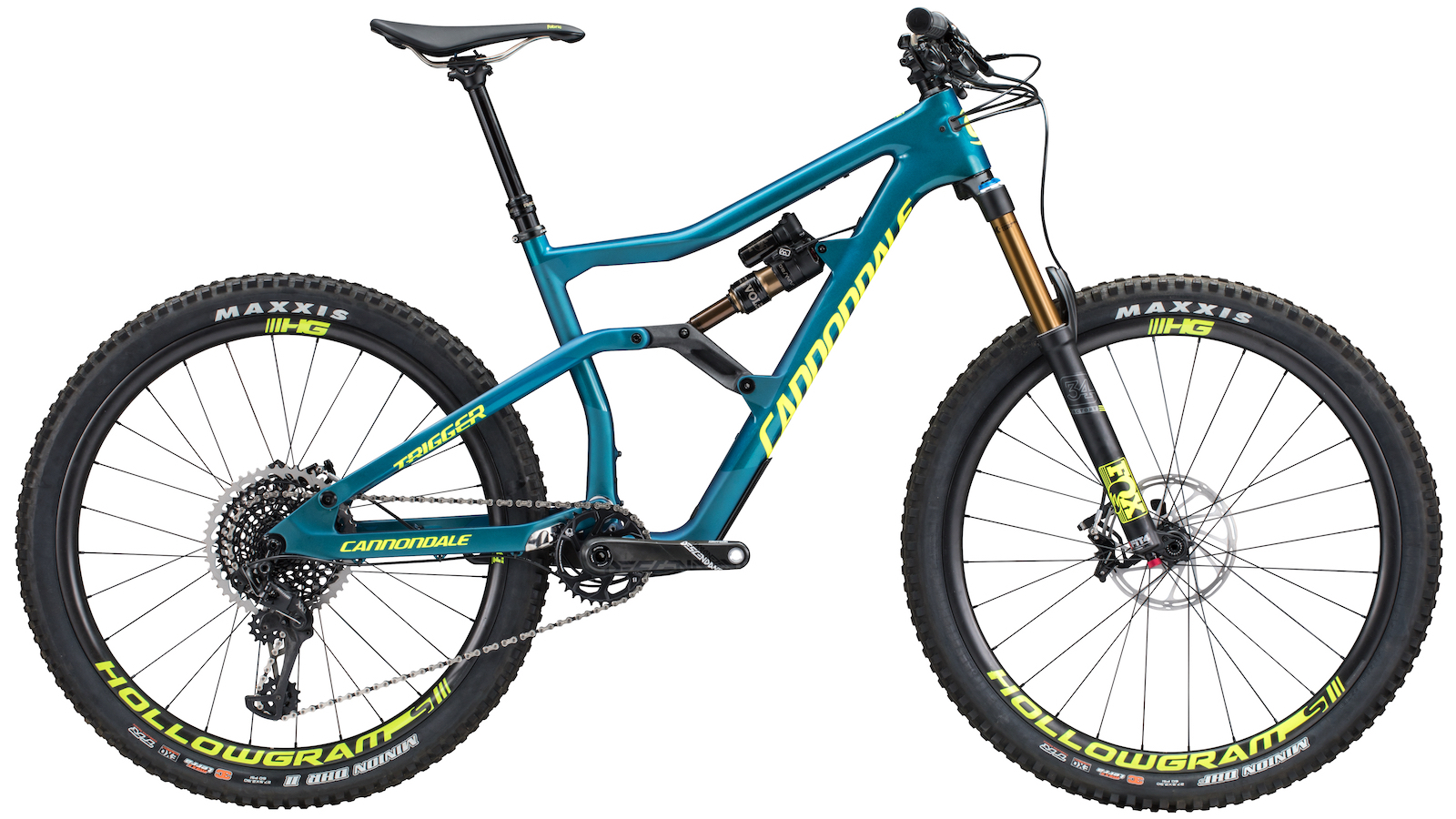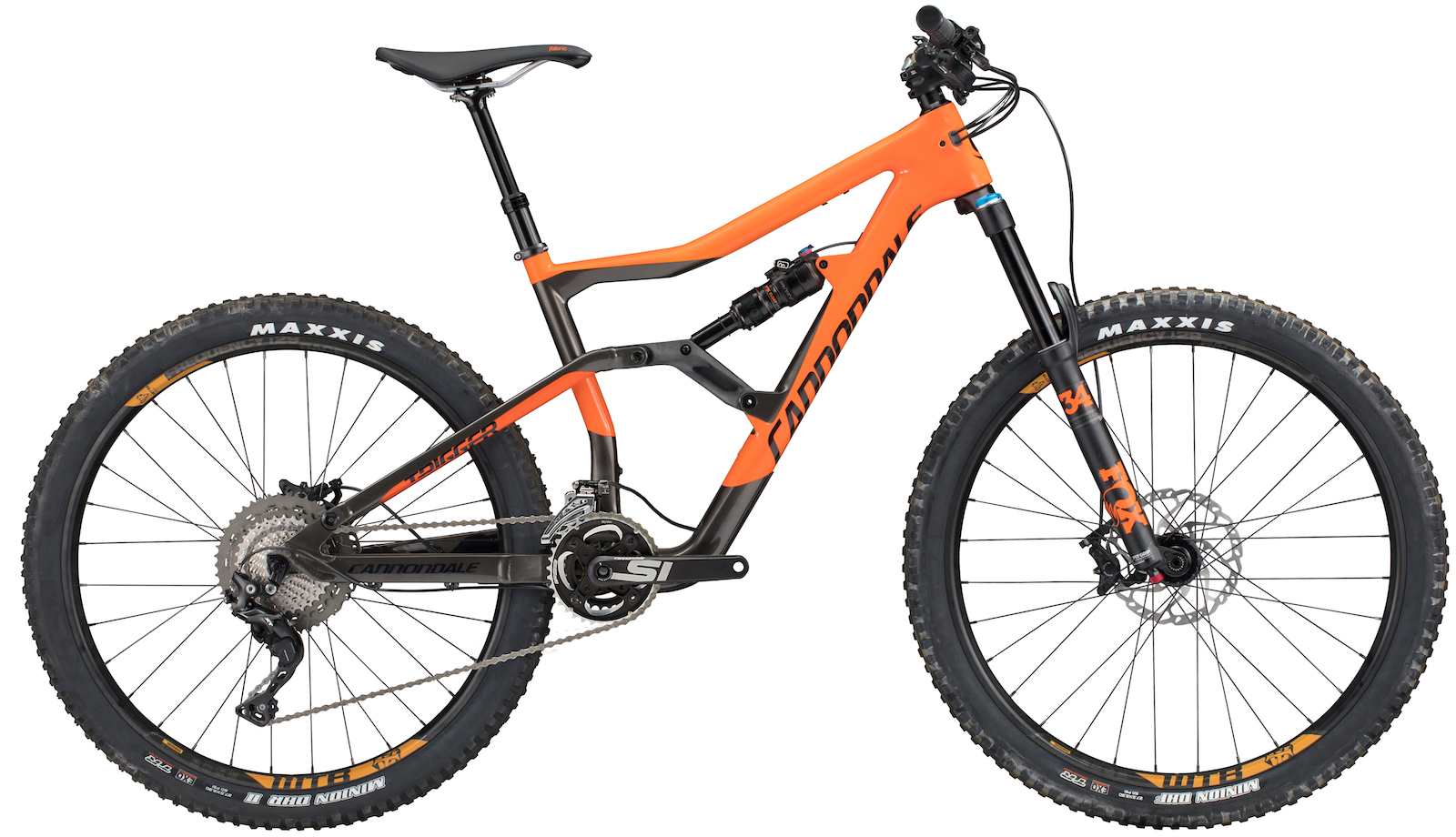[First Ride] The New Cannondale Trigger
[ad3]
The Trigger has been completely redesigned in every aspect, in the same way as the Jekyll, but it reveals an its own peculiar and aggressive character. The Trigger is meant to cover the overlap between the All Mountain and Enduro segment, leaving the Enduro race specific segment to the Jekyll. All the 3 builds of the Trigger are already available at official Cannondale dealers. Let’s analyze in detail.
Overview
Goodbye DYAD, welcome Gemini. On the Trigger Cannondale dismissed their unconventional pull shock which enabled riders to adjust travel and geometry via a bar mounted remote. Thanks to the Gemini technology, developed in collaboration with FOX, Cannondale still offers adjustable travel via remote on the new shock, a metric FOX Float X with applied Gemini technology.
The main features of Gemini is the dual mode, Flow and Hustle, controlled via the FOX 2-position remote. In Flow mode the shock behaves like the standard Float X. In Hustle mode, the Gemini system partially closes the air chamber, creating a strong progressivity on the shock spring compression curve which excludes the last 20% of the travel, increasing progression on the available part of the travel and reducing the sag. Hustle mode is therefore useful on climbs, but it also provides a better performance when you need to pedal in downhill or on twisty sections, where responsiveness of the shock is the key to exit corners at a higher speeds.
Apart from the Gemini system, the hydraulics can be adjusted using the classic 3 positions, Open, Medium and Firm, according to the riding conditions. These positions work both in Flow and Hustle mode. Shock progressivity can also be adjusted using the usual spacers. On the Trigger, the Float X is provided with one spacer.
Since the DYAD was a pull shock and the Gemini a traditional push one, kinematics have been optimized accordingly. It is still a single pivot system with linkages, like on the previous version of the Trigger, and it has similar design, but in the new version the shock gets compressed instead of extended. Compression rate is constantly and slightly progressive in Flow mode, while in Hustle mode, as already said in the previous paragraph, it gets highly progressive. Wheel travel is 145mm and the fork has a travel of 150mm.
The frame is made of unidirectional carbon fiber, assembled with the BallisTec technology developed by Cannondale and applied to its high end frames. On all builds, the front triangle and the shock link are made of carbon fiber, while the swingarm is made of carbon only on build 1. On builds 2 and 3 the swingarm is made of hydroformed aluminum alloy. The frame has a peculiar shape with the link bent upwards and the lower down tube heavily curved, in order to leave enough space for the bottle cage. The Trigger can support bigger bottles than the Jekyll thanks to the shorter shock length.
Cannondale designed a special large carbon protective guard placed under the lower down tube, which is more exposed due to the extreme bend at the downtube near the BB. This protection has been tested a lot to provide light weight and solidity at the same time. The carbon shell also protects the cable exit port.
Access ports are placed at the sides of the head tube, in a very handy position and with the right angle to direct the cables smoothly towards the bar, avoiding possible scratches on the frame. The Trigger supports the Shimano Di2 electronic shifting system routing and its battery pack.
A solid pre-shaped rubber shell protects the chainstay. A rubber cover against chain slaps is placed on the inner side of the rear pivot of the swingarm, near the cassette. A metal plate protects the chainstay area close to the chainring.
A main feature of the new Trigger is the extremely short and stiff swingarm. The Ai (Asymmetric Integration) system enabled Cannondale to manage the available space in order to get the wheel as close as possible to the frame, building a swingarm which is only 420mm long. The wheel is 27.5” on a Boost hub. Boost hub width, combined with the Ai system, allowing for a 3mm dished wheel on the drive side to obtain the perfect chain line, with the crankset installed on an 83mm spindle. The swingarm’s design leaves enough space for wide tires even in muddy conditions.
Geometry
Cannondale designed the Trigger with a very aggressive geometry: 66° head angle and 420mm rear triangle. These features, rethought with a more modern style, resemble the Enduro bikes of some seasons ago.
In action
Trigger first ride took place in Finale Ligure, the day after the Jekyll’s first ride. This time, instead of using the shuttles, we followed Just Ride and Ride On! guides pedaling on the Manie plateau, together with the other invited journalists and Cannondale staff. It was a big advantage for us to test the Trigger on the trails we usually ride when testing bikes and components.
We climbed up at a good pace and the Trigger riding position felt comfortable, well centered and balanced. Maxxis Minion DHF and DHR tires with their aggressive knobs design have noticeable rolling resistance but the light weight of the bike balanced things out nicely. The best solution while climbing on pavement is to set the shock in Firm position, while in off-road with the Medium position and Hustle mode you get good stability with still good traction and absorption capacity, even on the most rough sections. Due to the 66° head angle and the fork height, you need to carefully load the front end to have the right steering precision on the most steep and technical sections, where the traction on the rear wheel is excellent.
Thanks to the experience the day before on the Jekyll, we set the Trigger with 15psi more than the value suggested by Cannondale and lowered the stem by one 5mm spacer. Confidence on the downhills was good straight away and we can confirm the Trigger segment is between AM and Enduro. It is very nimble and responsive on twisty sections but at the same time equally stable, considering the intended use, on rough terrain which is easy to find riding the Manie plateau. The swingarm of the Trigger is the same length as the Jekyll, but its front-center is definitely shorter, due to the 66° head angle compared to the 65° one of the Jekyll. As a consequence, the bike is easier and more intuitive to ride, thanks to the more centered and balanced riding position.
The suspension swallows even the roughest sections and it’s always responsive while still providing great support. The Hustle mode increases progressivity with just one click on the bar, in this way the responsiveness of the Trigger is enhanced and the suspension reacts promptly even on flat sections or riding ups & downs or cornering sequences. Initial sensitivity is not affected both in Flow and Hustle mode, as the suspension stays plush.
Conclusions
Cannondale interpreted the modern riders needs in a very interesting way, offering an aggressive All Mountain bike. It can satisfy both those who love long pedaling trails and the Enduro fans which do not need overstated geometry and travel, since they don’t ride such extreme trails as the EWS ones.
Specs and prices
3 builds of the Trigger are available, all with a carbon front triangle and link. On build 1 the swingarm is also made of carbon, while on builds 2 and 3 it is made of aluminum. The aluminum swingarm is provided with front derailleur mount. On the build 3 we find a 2x drivetrain for the European market, while for the American market the specs are the same but with 1x drivetrain. The Trigger 1 we tested was a M size and weighs 12.2 kg.
Trigger 1 – $7,749.99
Trigger 2 – $5,999.99
Trigger 3 – $3,999.00
The post [First Ride] The New Cannondale Trigger appeared first on MTB-MAG.COM.

